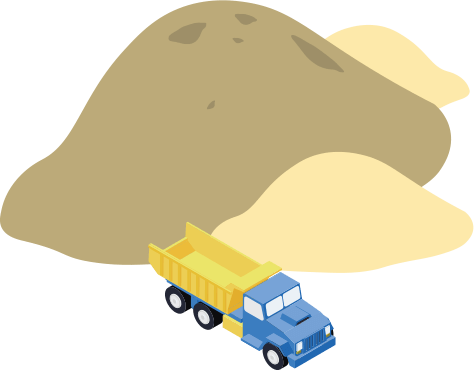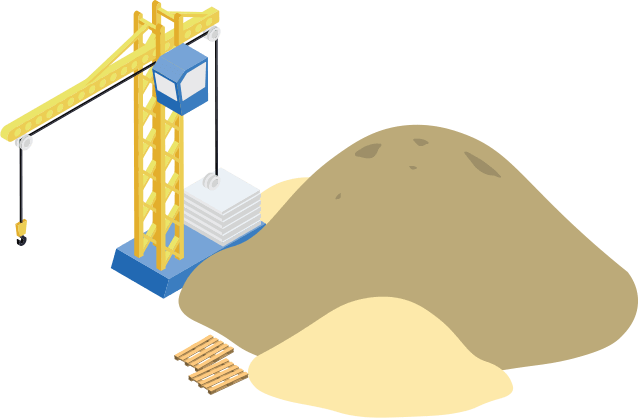There are certain Big Picture things necessary to develop successful marketing. When I say Big Picture, I mean strategy. A strategy is the overall plan for accomplishing something, that realistically takes into account not just your dreams, but the reality of the existing scene, including your available resources such as time and money and people.
If you have a good strategy, you can climb Mount Everest.
If you don’t, you won’t make it to the top of the next hill.
So what are these Big Picture Things for marketing?
- What product or service are you going to market? Covered in part 1.
- What is your budget for marketing? Discussed in part 1, but more about it in a minute.
- Who are you going to market the chosen item to? And I have something to add to that as well.
- What are their needs or wants, that your product or service satisfies? (Important!)
- What would it take for them to believe you can do that? (Very important!)
- What is the competitive marketing environment?
- What marketing channels should you be using to reach those you are targeting?
See, that’s not bad. Only seven items. Of course, there are whole books you could study on each one.
But you don’t have to, to be well away in developing a real juggernaut of a marketing machine.
And these really are the Big Points. The rest, as they say, are just details.
Let us begin.
BUDGET
There is a key point about budget I didn’t cover in the last blog. Budget of course matters, because you can only spend so much. Situations are rare where there is no practical limit on budget.
What may be missed is that budget affects the choice of marketing channels in a big way. My favorite example is TV. People get all excited about TV advertising – it’s sexy – and spend $30,000 a year for absolutely no result. Why?
That kind of money sounds like a lot but it is getting you a mere handful of ad showings per day. It is like a literal drop in the bucket. A drop of ink in a pail of water won’t change the color of the water at all. A few ads a day will likewise achieve no notice.
It isn’t proportional, like 100 ads a day will get 20 times the calls that 5 ads a day will. Five ads a day probably won’t get you a single call.
Most marketing channels have this kind of factor. There’s a threshold below which no one is even aware you are communicating. So if your budget won’t get you over that threshold for a particular channel, no matter how sexy or perfect a channel it is – forget it. You might as well flush those greenbacks down the commode. Or give them to your favorite charity.
WHO ARE YOU MARKETING TO? AND HOW?
Mentioned briefly in Part 1. I asked the question “Who will buy the item you have selected to market?” I answered with “who has been buying it?”
If you have no track record in sales, that makes it a much tougher question to answer. But note this: Many people select who to market to, based on who has money. How easy if that were the main criterion! But there’s a much more important point than who has money. Who wants or needs your product or service?
You can’t sell to someone who has no desire or necessity for what you are selling.
Burn up your brain cells working out the answer to that question. Then you can get somewhere.
Number 4 on my list goes right along with that. If you have a category of people who are buying, they must need or want what you got. So what ARE those needs and wants? Your salesmen can tell you.
And Number 5: what can you say or do that they would believe, convince them you can deliver. There are books on this subject alone. And again, your salesmen can tell you a lot about this. But here are key points.
Traditionally you sell features and benefits. With benefits we have what they want or need. Your product or service provides those benefits (it had better). What features about your product or service or your company demonstrate this is true? Then you have to prove you have those features.
Its about proof, not assertion. SAYING you’re the best never sold anything. The visual impression and professionalism of your website and other marketing materials contribute. Then testimonials, case studies, product demos, project portfolios, and reviews are some of the main ways to get your message understood and believed.
More than 15 years in business have taught me the answer to that in our own case. I’ve never had someone correctly guess what those features are. Our website is designed from stem to stern to communicate to people that we are the guys to do your website. And it is the artistry of our own website and those in our portfolio, plus reviews, plus awards we’ve won, that by long test, do the job. Everything else is way down the list in importance.
It may be very different for you. It’s worth a good hard look, and a bunch of testing, to find out. It makes the difference between marketing that works – or a complete dud.
COMPETITION AND WHERE TO MARKET
When you know all the above, you can really get to work. What are your competitors saying? You can’t just ignore them. Maybe everybody is saying the same thing you are planning on saying. In which case you’d better find something different to say. Or you and your competitors will all be one big blob in people’s minds.
Once upon a time, we marketed our company on “stand out from the crowd” with a bunch of apples plus one orange for imagery. Sounded great. We found out it didn’t work – but not before two other local companies imitated it, imagery and all. I felt sorry for them – not. Of course you do have to stand out from the crowd.
Next, where are your competitors marketing? Where do your prospective customers look for services or products such as yours? What does it cost to market on various channels and what is the expected return on investment?
Once you get that figured out as best you can, you can start testing. Don’t blow your budget on a big splash until you know it is working. “Toe in the water” is the way to go – remembering there is a minimum to get any response at all.
When you get it fairly well dialed in, you can push the pedal to the metal and really start banking it. You’ll have a winning campaign.
STRATEGY
I’ve given you a very brief version, not in-depth on any of these points. But what I’ve covered in these two articles is an outline for developing a successful marketing strategy. It should be enough to avoid gross errors and put you on the right path – with the right estimation of how much effort it might take to get to the end.
You can’t just throw things at a wall and expect them to stick. Especially in the incredibly intense marketing environment most of us operate in.
You can see it takes a while, to go through all this, especially when you factor in running tests, and running them long enough to get results you can hang your hat on. So to circle back to my first point, the time to start is six months ago.
But: The second-best time to begin is right now.
Ready?
Start!









